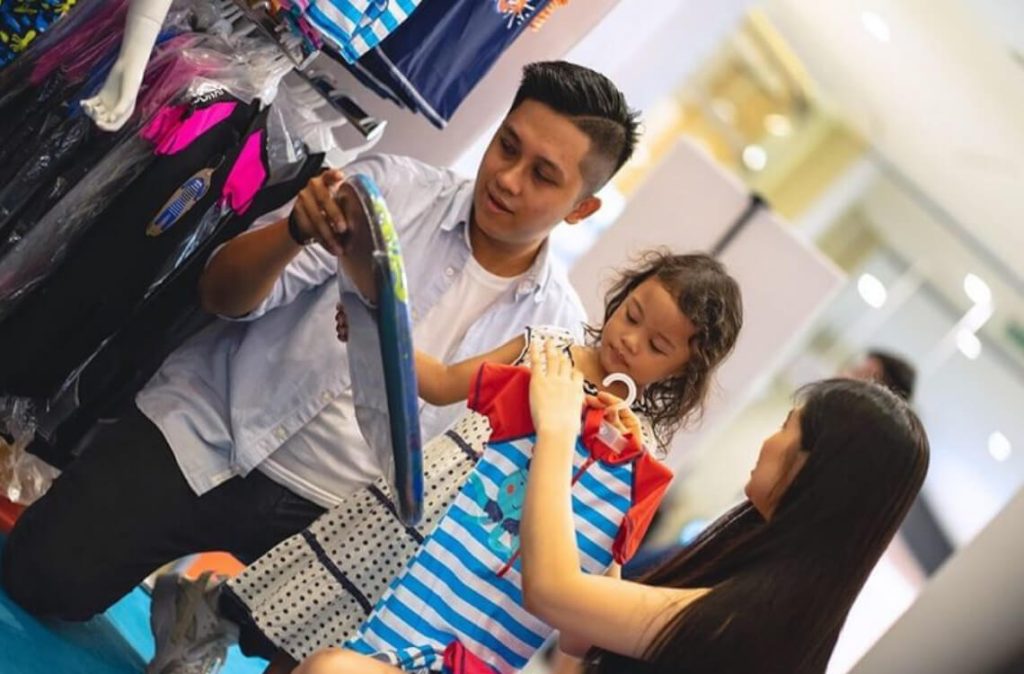Do you know what is the difference between ‘needs’ and ‘wants’?
In theory, probably.
During practical times, when you are at the mall, and you see something you fancy, that theory does zoom past us on occasion (if we are modest).
Though the focus is on educating our children, a gentle reminder of what ‘needs’ and ‘wants’ could be beneficial for us mature, discerning adults, too!
We must agree that young children do not have the ability to differentiate needs and wants. If they see something that catches their eye, it is an ‘I WANT’ or ‘I NEED’ – used interchangeably.
You might know what their needs (definitely not the unicorn birthday cake that costs RM400), and wants are—but they don’t. Teaching them the difference enables them to think critically about the real value of things and allows them to see that there are unfortunate people who do not even have the stuff they need.
How do you go about it?
We’ve summed it up into four steps:
Define It
For starters, you can explain needs as something they cannot live without. Examples are food, a roof over their head, water and clothes. Once they can identify ‘needs’, explain that ‘wants’ may be mistaken for need—but it is not. Examples of wants include the latest LEGO release, a knock-knock cake for their birthday or basically whatever their friend or cousin has that they don’t.
Telling them about wants and needs as a one-off will not work.
As your family goes on with daily life, take the opportunity to point out some things that are considered a need, for example, if you drive past a coffee shop (or if you have the privilege to dine in one), tell your child that though food is a need, choice of food is a want. When you are on the road, allow them to observe the different vehicles and explain that they need to get from one place to another is solved by using a vehicle; some may drive in a very big, glossy car while another may be on a motorbike. However, both satisfy needs, which is to get from one place to another.
This is the first step for them to slowly grasp the concept.
Identify It
Nothing is better than a good ‘ole object lesson.
Help your child understand wants and needs by identifying what ‘needs’ and what ‘wants’ look like. Take, for example, if they are thirsty, they can grab a cup of water or insist on having a soda. Now, which is a ‘need’ and which is a ‘want’?
Sometimes, we want to take a shortcut and say, ‘Just obey Mummy, okay?’, but there is a better way of communicating and educating your child, all of which includes investments of time and patience. However, not undermining their ability to think critically (or prompting them to) enables them to analyse a situation and decide which is the best choice.
Water or soda? Ice cream or a full meal during recess time? Remind them of the definition of ‘needs’ and ‘wants’ and get them to identify where this item is categorised under.
Show It
When looking to purchase an item online or in stores, get them involved by showing them what are the ‘needs’ and ‘wants’. Now, though many items online and in the supermarkets are actually ‘wants’ (because we can technically live without them) you can also introduce value to your child.
For example, when buying biscuits, explain that they have the option of carting a super-indulgent, high-in sugar, low in vitamins cookie or pick an equally delicious oat biscuit that fills the tummy for longer.
Alternatively, you can also draft a shopping list with them and pick it out together online or in stores. You can prompt the wants and needs topic by asking them if a particular item not on the shopping list is essential for purchase.
That said, you must also know that the most influential teacher is not what you say, but what you do. Your lesson on ‘wants’ and ‘needs’ will be more successful if you are applying it too.
Children are careful observers, and they can call your bluff when you least expect it. *gulp*
Practice It
There is no better time to look inward, than to look outward. The Covid-19 pandemic has stripped many families of their livelihoods to the point where they cannot afford their needs.
To ingrain the definition of ‘needs’ and ‘wants’, you can put it into practice by sharing daily needs with others who are less fortunate. It can be packing unwanted toys in good condition to less fortunate children or spending time putting together a meal (with your help, of course) to be given to a home or a family that needs a little help during this difficult time.
Getting them actively involved in charity, even if it feels insignificant, gives them a chance to think and realise that they have everything they need.
It is a constant learning process
Even after you have followed through with the four points explained above, the lesson may not stick immediately. Discerning whether an item is a ‘need’ or ‘want’ before a purchase decision requires practice until it becomes a habit. If we are being honest, we as adults don’t ace it all the time too. We do buy stuff we don’t need very often.
Just the same, this lesson on ‘needs’ and ‘wants’ may span a few years before a child can distinguish the two. There might be tears, screams and quiet dissent during those times, but hey, tough love of this form will reap its rewards when they get older.
Mummies, trust the process.
